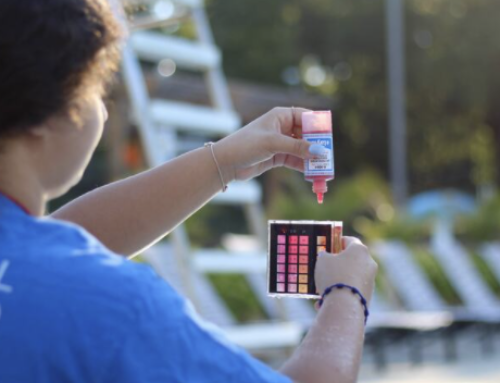Private pools have acquired a reputation of vanity, luxury and opulence. Whether or not this is justified, residential pools have become the preferred way to cool off in the summer of more Americans than ever before. A survey of privately owned facilities in Florida conducted by Florida State University and the Florida Department of Health found that there are more than 1.1 million residential pools split across the Sunshine State’s 67 counties. Also, 225,987 of these pools are less than 15 years old.
Every other homeowner in Florida seems to have a backyard pool, but very few people tend to wonder about the impact the lack of public commercial pools has on communities across the state. While a private pool may be a luxury amenity, knowing how to swim is a vital skill that could save lives. For one South Miami neighborhood that had been waiting almost half a century for a pool to call their own, the wait is finally over, the Miami Herald reported.
Public pools as community centers
Jeff Wiltse, author of a book chronicling the social history of pools in the U.S., told NPR that the first public pool was built in Boston in 1868. Located in a predominately working-class Irish neighborhood, people used the Cabot Street Bath not as a recreational facility, but rather as a means to bathe since they had no plumbing in their homes.
Since then, numerous economic and social forces have pushed swimming pools out to the suburbs, into country clubs and away from city centers where people often have no other relief from summer heat and no other way to learn how to swim. Residents of South Miami, a neighborhood of Florida’s largest city that more than 11,000 people call home, have never lived within a 15-minute drive of a pool. However, after 40 years of political promises and stalled construction projects, the predominately African-American and Hispanic neighborhood finally has a new community pool.
Simon Codrington Jr., a member of the South Miami Community Advisory Committee and long-time resident, told the Miami Herald that the new facility at Murray Park in the heart of a working-class neighborhood is about much more than just cooling off during the summer.
“Kids who are living in public housing, growing up where finance is a real problem, single-mother households, opportunities for just having access to a pool are limited,” Codrington Jr. said.
Codrington Jr. was one of a group of people that spearheaded an initiative to lobby the city for funds to construct a new pool for the residents of South Miami. According to the City of Miami Parks and Recreation Department, there are 12 public pools scattered across the city, but none of them are easily accessible from South Miami.
“This has been a long, long, long time in coming,” Joyce Price, a 70-year resident of the neighborhood, told the Miami Herald. “I hoped I would live to see it.”
You may not think of pool management as a community outreach effort, but Julie Gilchrist, medical epidemiologist for the U.S. Centers for Disease Control and Prevention, explained that minorities are disproportionately affected by drownings simply because they didn’t grow up with access to a pool and never learned how to swim.
Despite being open for barely a week, the Murray Park pool already hosts swimming lessons for dozens of children. Tantanisha White brought her 5-year-old son Cornelyus Stokes for his first ever dip in the water, but to her surprise, he was a natural.
“I didn’t even know he could swim like that,” White told the Miami Herald. “”He’s getting opportunities I never had. You never know, he may be the next Michael Phelps.”





